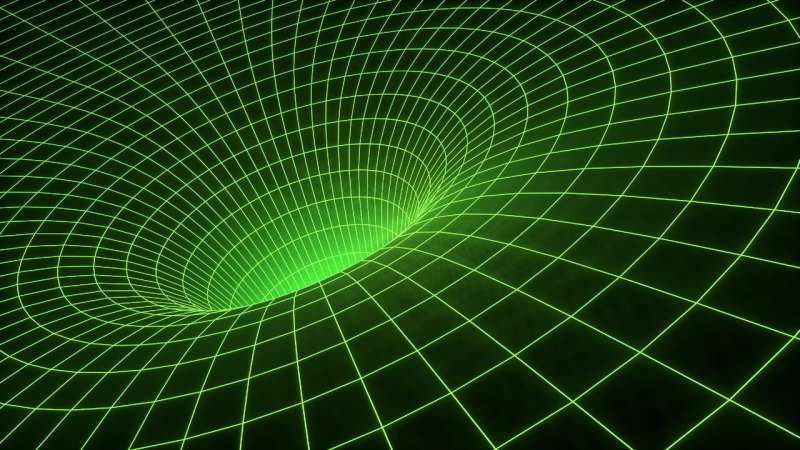Researcher documents what happened during the first attempt at a gravitational-wave observatory in Europe

First predicted in Einstein's theory of general relativity, gravitational waves are tiny ripples in spacetime generated by titanic and powerful cosmic events. The great physicist believed that no equipment would ever be sensitive to detect these faint cosmic ripples. Fortunately, Einstein was wrong, but that doesn't mean that the detection of gravitational waves has been easy.
The history of a planned array interferometer gravitational wave detectors to be built in Europe during the late 1980s, the reasons this failed, and the parallels with current detectors, are documented in a new paper published in The European Physical Journal H, authored by Adele La Rana, University of Verona, and INFN Section of Sapienza University, Italy.
La Rana explains that following the announcement of the first detections of gravitational waves by the LIGO/Virgo collaboration in 2016 and 2017, questions arose regarding "the missed opportunity" of having an array of two or more long-based GW interferometers in Europe.
"Such an opportunity was indeed discussed among the European groups working in the field during the 1980s and early 1990s. Several steps were made in order to establish a European collaboration of some sort, which was called EUROGRAV," She continues. "However, these attempts to promote a European network of gravitational wave interferometers failed and EUROGRAV never got off the ground, leaving no trace in the collective memory of the gravitational wave research community."
La Rana lists the major historical events as part of the failure of EUROGRAV, including the fall of the Berlin Wall and the economic downturn in the UK, as well competitiveness and irreconcilable divergences in scientific approaches.
As well as documenting the reasons for this project's failure, La Rana's paper details the dawn of the era of second-generation gravitational wave detectors representing a massive shift in scale.
"My paper gives a special perspective on the transition of the field from benchtop-experiments to Big Science," she says. "Looking back at EUROGRAV and at the early attempts to establish in Europe a gravitational wave observatory is particularly interesting today, on the eve of a new leap of scale toward the third generation of interferometric detectors.
"Negotiations are indeed underway for the Einstein Telescope project, which will hopefully be the first pan-European ground-based GW antenna."
More information: Adele La Rana, EUROGRAV 1986–1989: the first attempts for a European Interferometric Gravitational Wave Observatory, The European Physical Journal H (2022). DOI: 10.1140/epjh/s13129-022-00036-x
Provided by Springer




















